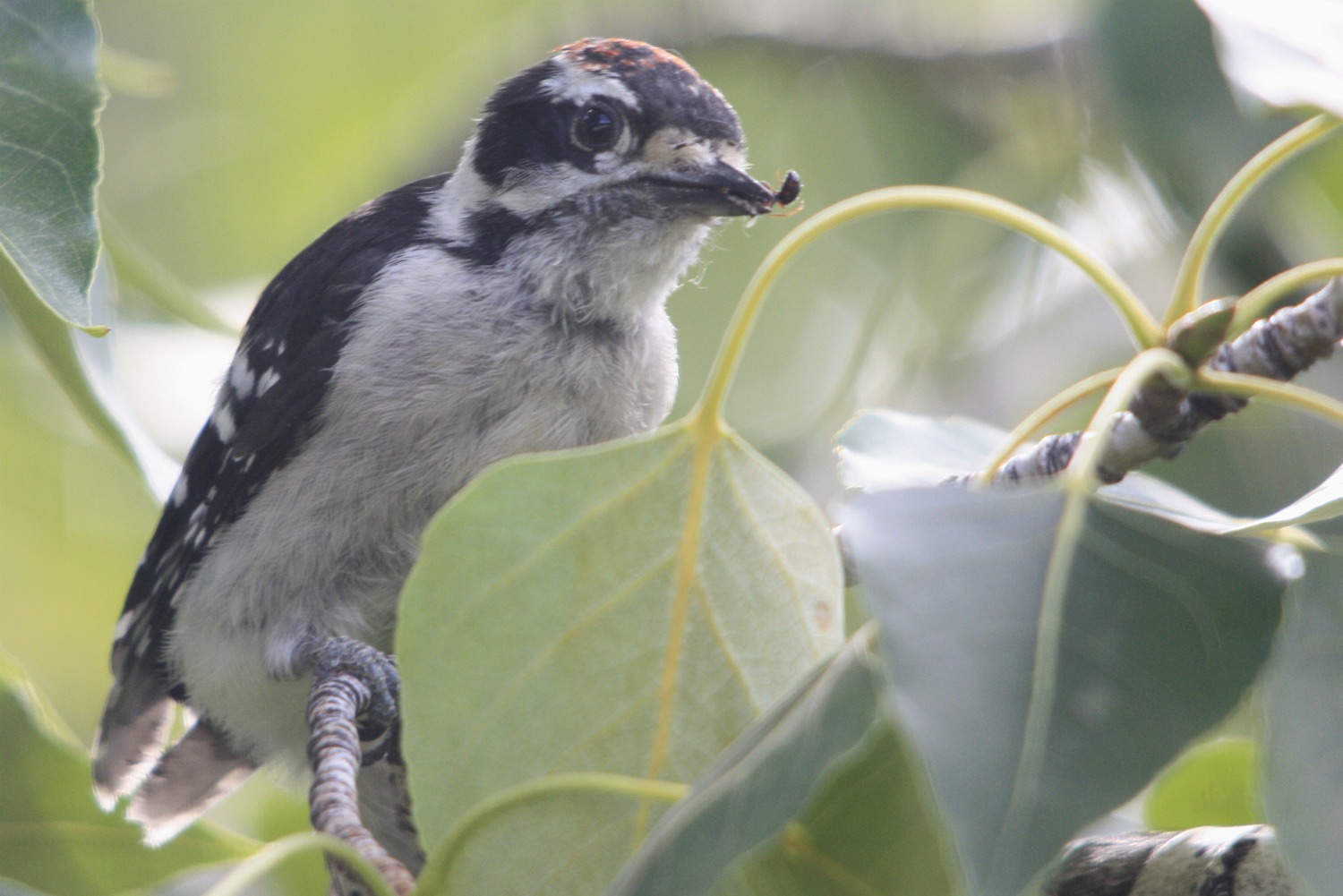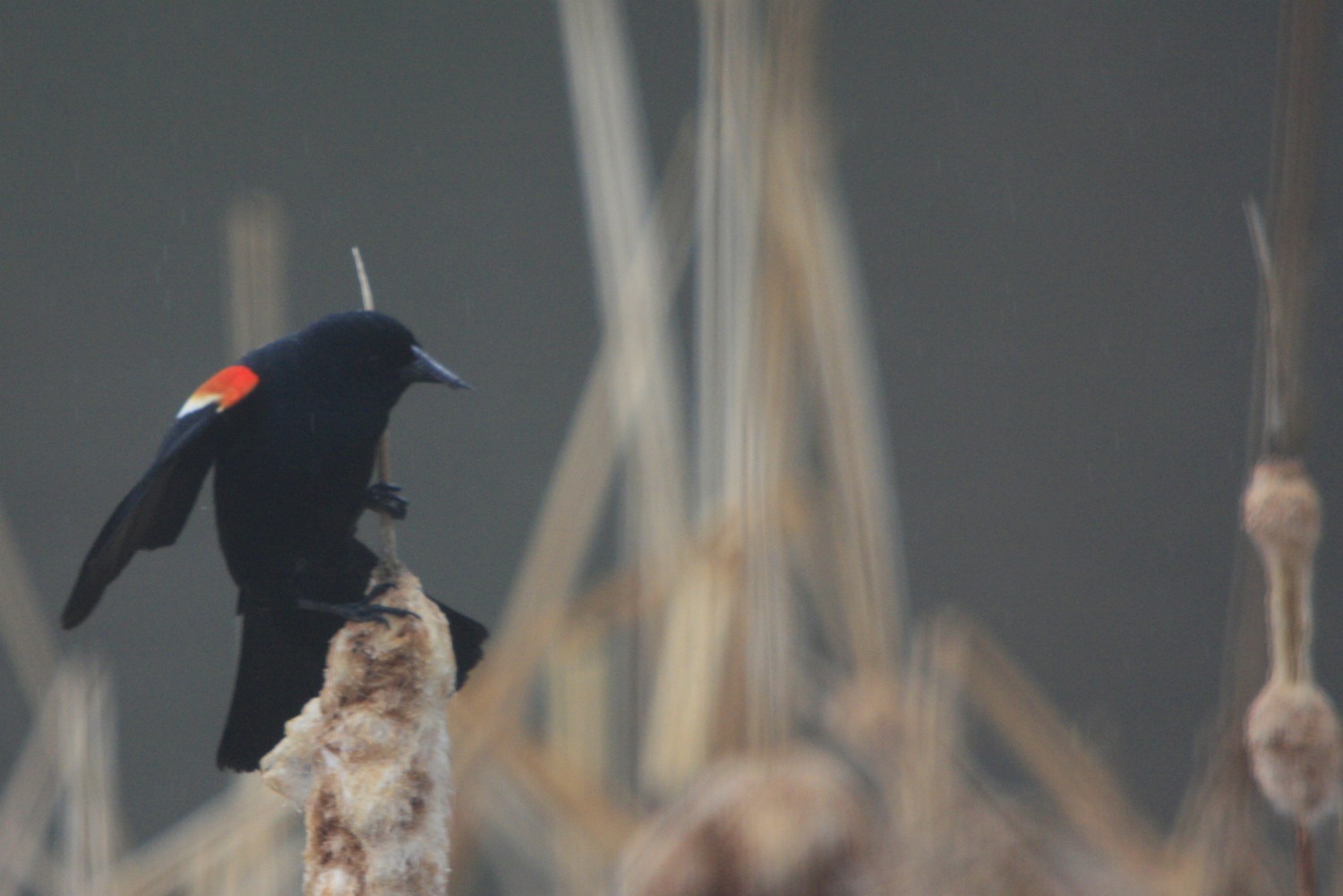Have you seen an unusual bird in Calgary? If it is on this Reportable_Birds (PDF), please report it to the Nature Calgary Rare Bird Alert line at 403 221-4519 and leave a message after the beep at the end of the recording. If you would like some help with species identification, us email us at zoxox@shaw.ca To report injured wildlife call the Calgary Wildlife Rehabilitation Society at 403 239-2488, or the Alberta Institute for Wildlife Conservation at 403 946-2361.
This Bird Albert was recorded on Aug 29, 2011.
AUG 27:
–GREATER WHITE-FRONTED GOOSE(300), S.of Eagle Lk, and 10 at Cattleland slough, by Rob Worona
–RUDDY TURNSTONE(3),Cattleland Feedlot slough, n.of Strathmore, by RW.
–LAPLAND LONGSPUR(20),same as above.
–CANADA WARBLER(5), one reported by Tony Timmons et al. at Mallard Pt.;3 at Mallard Pt./Bankside on Aug.28 by Janet Gill/ Bernie Diebolt, and one by RW at Eagle Lake on the 28th.
–BLACKPOLL WARBLER(1), Mallard Pt.by TT et al.
–AMERICAN REDSTART(4), Mallard Pt. by TT et al.
–OLIVE-SIDED FLYCATCHER(1),Sikome Lk, Fish Creek PP(FCPP), by TT et al.
AUG. 28:
–CASPIAN TERN(2) adult and imm.,S end Weed Lake, east of Langdon, by Terry Korolyk et al.
–SANDERLING(5), S end Weed Lk, by TK et al.
–LESSER YELLOWLEGS(500) Weed Lk, by TK et al.
–STILT SANDPIPER(150), Weed Lk, by TK et al.
–MAGNOLIA WARBLER(2)one at Mallard Pt./Bankside, FCPP, by JG/BD.; one by RW at Eagle Lk.
–OVENBIRD(1),RW, at Eagle Lk.
–CONNECTICUT WARBLER(1)Hull’s Wood, FCPP, by TK.
The next scheduled update of the bird alert is on Thursday Sept. 1.
BIRD STUDY GROUP:
Bird Study Group meets 1st Wednesday of the month, Room 211, BioSciences Building, U of C. September meeting is Wednesday, September 7 with Ken Havard presenting
“Birding in Northwest India”. Meeting time is 7:30pm. Contact Andrew Hart at <andrewhart AT shaw.ca>

































